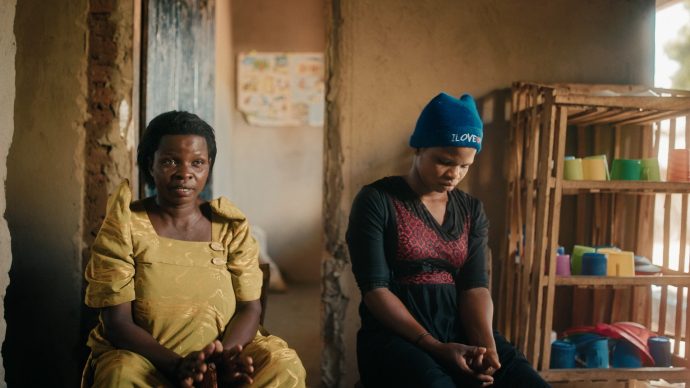Den afghanske konflikt har været internationaliseret i 33 år – at regne fra Sovjets invasion i 1979. Men interne faktorer før den underminerede landets stabilitet. Hvilke forklarer Thomas Rutting i AAN’s ny Occasional Report ‘How It All Began: A Short Look at the Pre-1979 Origins of Afghanistan’s Conflict’.
AFGHANISTAN ANALYSTS NETWORK – website: One important dimension of the conflict has often been overlooked: the domestic factors that had undermined Afghanistan’s internal stability of 40 years, between Muhammad Zaher Shah’s accession to power in 1933 and Sardar (Prince) Muhammad Daud’s coup d’état on 17 July 1973.
Daud’s coup set an example, leading to a succession of violent power changes which, in turn, drew the Soviet Union into the conflict and triggered its military intervention six years later.
Both the 1973 coup and the 1979 Soviet invasion were preceded by a chain of lesser-noticed domestic developments that, combined, led to the build-up of political tension and destabilised the pre-1973 Afghan monarchy.
The first domestic factor to undermine stability was the largely unnoticed but profound change in Afghanistan’s social fabric caused by a rapid growth of the educated class, an ongoing result of Amanullah’s reforms in the 1920s, in a country with a growing and increasingly younger population.
Inadequately absorbed by the stagnating state bureaucracy, which was dominated until 1964 by the extended royal clan, the educated youth turned into a recruitment pool for political activism.
The second factor was the political dynamic following the passing of a new constitution in 1964, which changed the country from an absolute to a constitutional monarchy – a top-down initiative of the king.
Expectations raised by the new legal possibilities were not matched by the monarchy, which refused to accept political pluralism and legalised political parties. The extremes of the political spectrum, radical Leftists and Islamists, went underground and started to infiltrate the army.
Finally, an environmental crisis – the drought of 1969–72 – and the inadequate response of the government undermined the legitimacy of the monarchy, an atmosphere in which Sardar Daud – himself a member of the royal family and a former prime minister (1953–63) – could carry out his coup without serious resistance.
Daud’s regime fell victim to another military coup, led by the left-leaning People’s Democratic Party of Afghanistan (PDPA) on 27 April 1978.
This paper wants to refresh necessary historical memory by describing these pre-1979 domestic developments.
Rapporten kan hentes på http://aan-afghanistan.com/uploads/20130111Ruttig-How_It_All_Began_FINAL.pdf,














